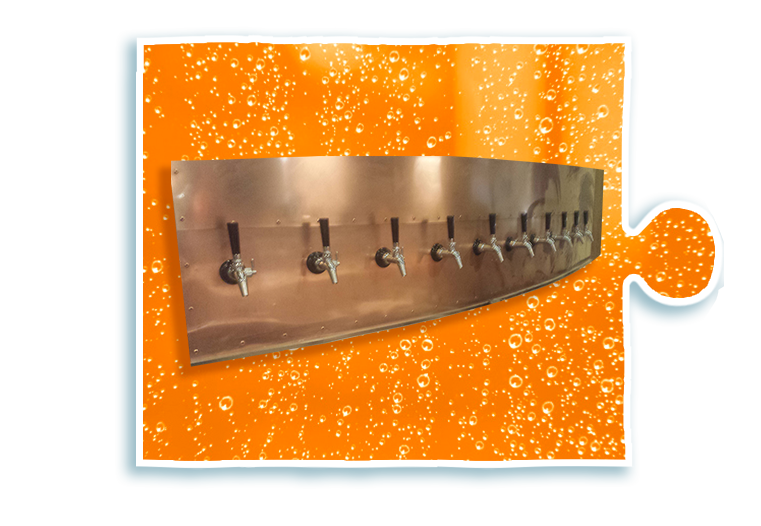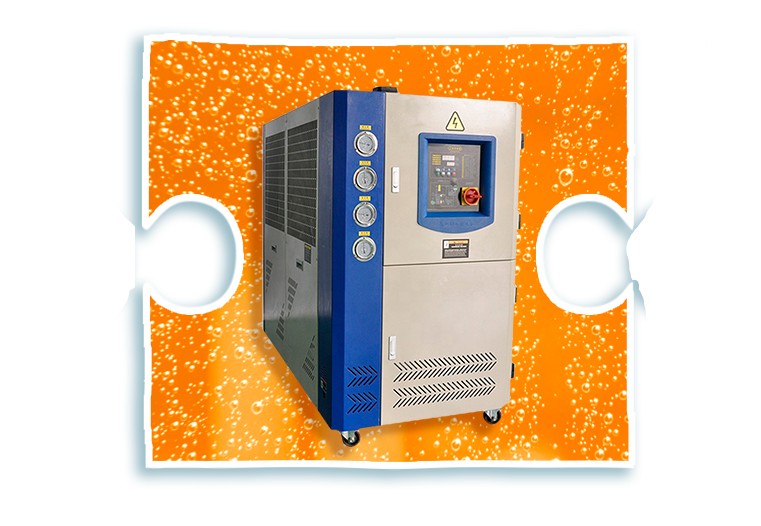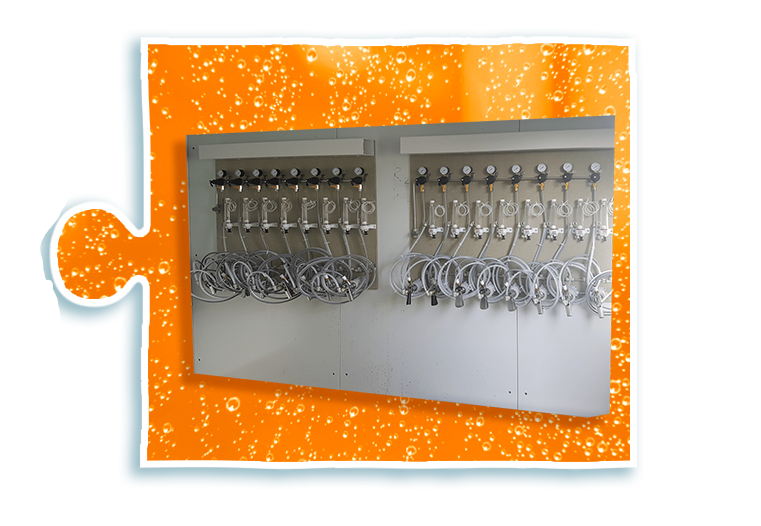
A commercial brewery cooling system is entirely dependant on the current and/or projected brewery capacity. Is the project an in house start up brewery and over the counter wet sales and distribution. Alternatively is it a stand alone brewery solely relying on a B2B distribution model. What happens if you outgrow the model sooner than expected with an immediate need for re investment. Taking a typical capacity commercial brewery cooling system start up of say a 10 BBL (barrel) with 2 vessels. As opposed to significant flagship quantities how about rotating tap offerings. A realistic start up first year projection for a 10 BBL twin vessel brew house would be around 400>500 barrels. If distribution, in house sales/take away’s are successful this could climb towards 1000 BBL or more. Is there room within the premises to accommodate further vessels should you wish to introduce flagship ales.
Mindful there will be ales that are slow starters so a lighter production of 5 BBL may be in order. If you want to focus on variety and rotation then consider 10 BBL vessels with some 5 BBL runs. A 20 BBL FV (Fermenting Vessel) with a 20 BBL BBT (Bright Tank) for that earmarked/reserved space. The additional tanks to accommodate increased distribution and the introduction of flagships. A multi tap offering is aesthetically very attractive typically up to 15 taps (faucets). The majority of modern faucets now available with a built in restrictor. Avoid chrome plated faucets as these tarnish easily and become lacklustre in as little as 12 months. The offerings are endless and limited only by brewing constraint, yeast cost and imagination. American Pale Ale, IPA, Pilsener, Blonde, Kolsch, Belgian Witbier, German wheats and Stouts complemented by malt combos and local ingredients.
As much consideration should go in to a commercial brewery cooling system that will complement your capacity and production. Do you rely on one single high capacity unit serving 2 to 4 FV’s or a remote beer cooler serving individual FV’s. What effect would a fault and the loss of cooling (single high capacity unit) have on the brewing process. With individual chillers if one unit fails this doesn’t need to be terminal. However asides from the KW’s (Kilowatts) of cooling required a number of other variables then come in to play. A single high capacity unit built for external use and the associated heat generated remains outside. The smaller remote beer chiller while very robust are for internal use. Therefore the heat generated by these single units dissipates to the immediate area. Consequently this then raises the ambient temperature of the brewery.



For a balance and the flexibility of single units heat dumps can always be considered. These remote beer cooler systems offer the best of both worlds but are more convoluted. In that in order to remove the heat to outside extraneous external heat dumps are required. This involves pumping a glycol mix (typically 70/30) to the external heat dump with 15mm flow and return. For safety external remote beer cooler heat dumps utilise a 24V fan motor from a transformer within the remote beer cooler. With reference to the glycol medium this can also apply to the brewing process for crash cooling. The typical formula for crash cooling in fermenters (after fermentation) is Q = M x Cp x ΔT. That being the formula used to determine the commercial brewery cooling system but this is not a perfect science. The specific heat of beer being 4.05 kilojoules/kilogram kelvin.
